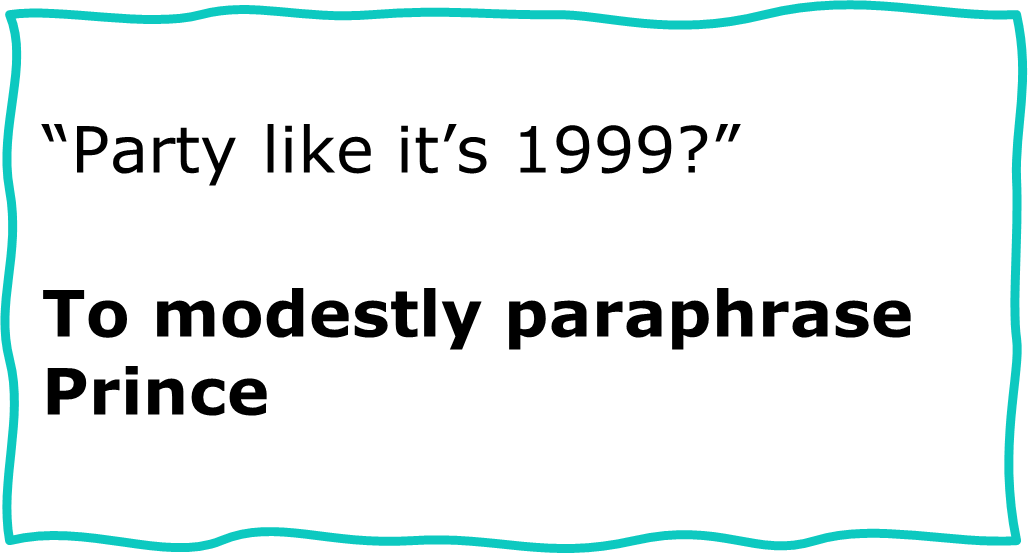 It was a week of modest progress, aided and abetted by the shock-free inflation numbers from the US. The UK indices were mostly down a touch, with only UK smaller companies gaining a modest 0.8% - a small margin, but very welcome for patient (and long suffering?) investors into UK small caps.
It was a week of modest progress, aided and abetted by the shock-free inflation numbers from the US. The UK indices were mostly down a touch, with only UK smaller companies gaining a modest 0.8% - a small margin, but very welcome for patient (and long suffering?) investors into UK small caps.
The US made no progress until a relief rally on the not-so-bad inflation figures, the S&P up 1.6% for the week. You might have noticed that Hong Kong and large cap China indices were again top dogs, up in excess of 5%, whereas the more broadly based mainland index, the CSI 300 index, is down 0.6%. This tends to suggest that global investors are buying and not domestic investors.
Copper flew higher again (up 6%), gold miners gaining 3%, and oil being the notable laggard.
I will return to the UK market in a moment. For now, humour me…
Could you put a note next to each of your current investments (funds and otherwise) explaining clearly why you bought them?
Do you have a fixed point when you review the fund? e.g. every 3 or 6 months.
What criteria do you apply when you undertake that review? And do you have a clear rule as to how you apply this criteria to action a sell or switch or hold?
Between those review points, when might you sell e.g. do you have a stop-loss?
Or perhaps you have a profit target at which point, if hit, you will sell?
These issues, and others, should all be built into your investing plan – these elements are the foundation for a clear process, which is essential for your long term success, and will considerably reduce your stress over shorter periods.
One key issue, which you must write down when you first invest in a fund, is knowing when you are wrong.
If the price falls 10%, you aren’t necessarily “wrong”, but clearly a lot of other people don’t agree with your analysis at this point. Apply a stop-loss. Don’t hesitate, and don’t dwell in losing positions, which is bad for your mental state as well as your wallet - just get rid.
I do understand that applying a stop-loss is stressful, no one likes seeing losses or acknowledging their mistakes. Yet if you practice practice practice, it will soon become second nature, which is a good feeling. To help you on your way, read “Stop Loss For More Growth And Less Risk”, and then explore our unique Stop Loss Tool – it’s free, so there is no excuse!
Having perfected your stop-loss skills you will be operating at a higher level than many of the very highly paid experts in my industry. Over the last 12-18 months, as new clients have taken advantage of the Discretionary Fund Management (DFM) service of Dennehy Wealth, we got to see many portfolios previously managed by other firms. They are invariably, and unnecessarily, littered with fund detritus.
We do not believe there is any excuse for this. This money should be focused on today’s winners, not today’s losers. The most regularly recurring fund was Scottish Mortgage – see “Value or Growth? Should You Care?” – no excuse.
There are other ways to be wrong. In the case of our FTSE 250 analysis early in the 16th November teleconference, we recognised two ways in which our analysis would self-evidently be wrong.
Obviously if there were sharp falls we would be wrong, in which case we would have applied a stop loss.
The other possibility was that the FTSE 250 would go clean up through our target (20500-21000), and head towards a new all-time high, above 24300.
With this mid-cap index approaching 21000, it is not displaying any of the signs we would expect if it was about to stop in its tracks. So the odds are now that our projection was too cautious. How to respond? The simplest way is to lower our stop-loss e.g. make it 7.5% below the most recent high. Alternatively, take the profits which you have already made (certainly worthwhile if you bought Mercantile investment trust) and just let your original investment keep running, though obviously still with a stop-loss.
This possibility was highlighted in our Friday Note of 8th March. I said that greater upside had come into focus for the UK in 2024 with two requirements:
- The US stock market not breaking lower any time soon
- A catalyst to drive UK equities higher
The US had held up so far, but for a breather in April.
And a number of catalysts have emerged. Stable inflation, and no rate cuts, not yet anyway. A shallow economic downturn. Budget proposal for a British ISA – it all helps! No daft ideas from the in-coming Labour government. And notable takeover activity e.g. Anglo American. Taken together, these all help sentiment in the UK, particularly overseas investors looking for value.
If this modestly positive outlook is mis-placed we will probably know within a small number of weeks, where potential breaks to somewhat lower levels will not be confined to the UK stock market.